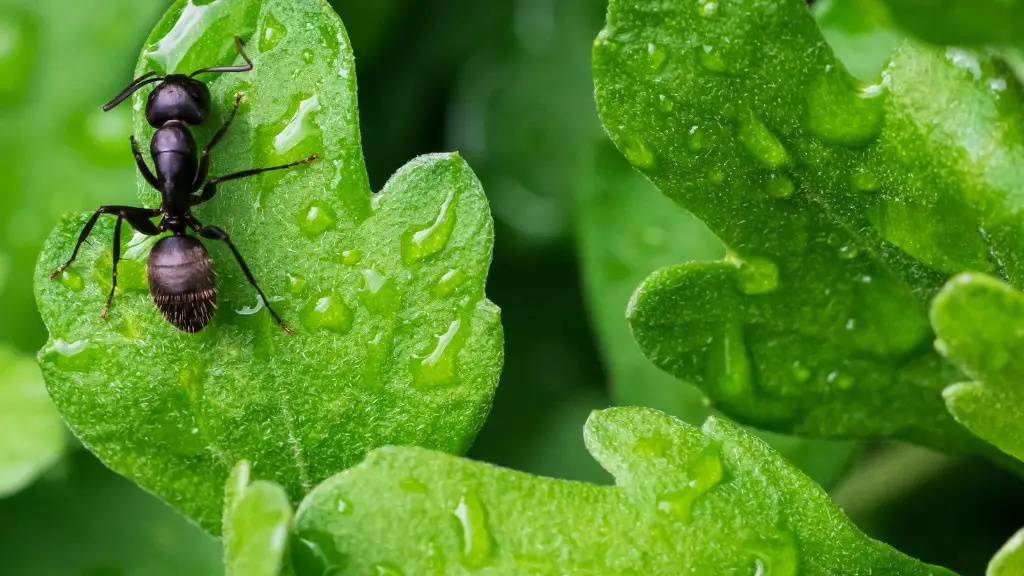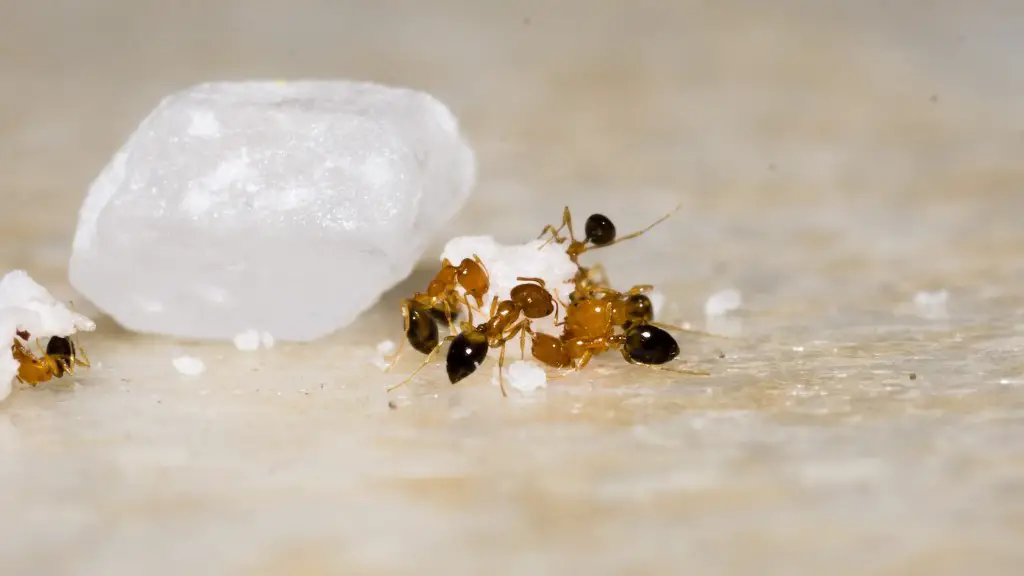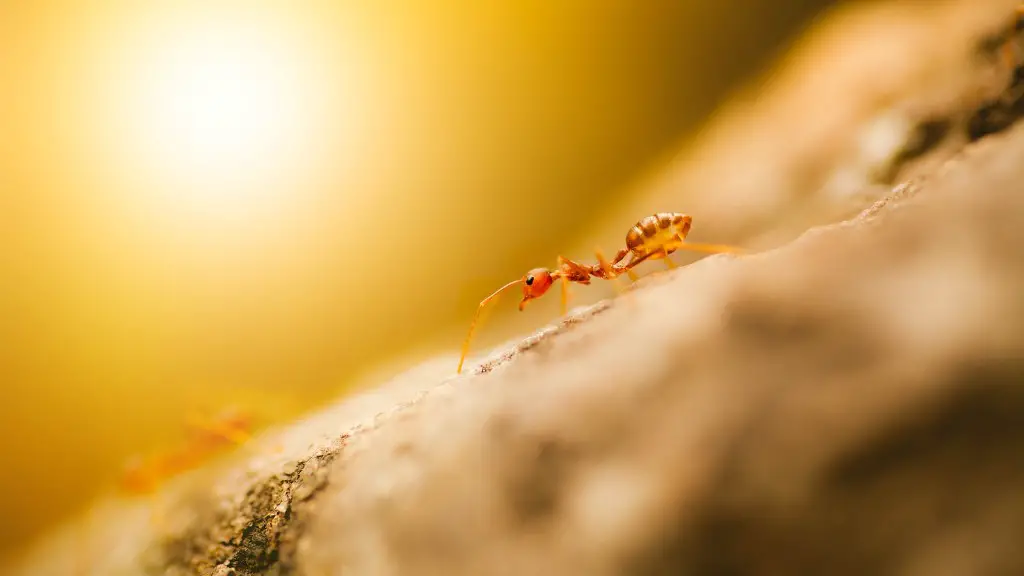Ecosystem balance
Big ants are among the most important components within an ecosystem because of their important role in nature. It’s estimated that they make up somewhere between 25-30% of the total animal biomass, meaning that they have a great deal of influence on the environment. But what do big ants mean?
Big ants help to recycle materials, as they are decomposers of organic matter. They break down the material into tiny pieces so that it can be re-used by other organisms. They also act as predators to control pest populations, which is especially important if they are larger or more aggressive species. Finally, they are food sources for other animals and provide important nutrients that help to foster biodiversity.
Not only do big ants mean a healthier environment, but they also indicate a balanced ecosystem. Healthy populations of larger ants are often an indication of a healthy and diverse food web. These ants can provide food for birds, lizards, small mammals, and other animals, thus promoting balance and keeping other species in check.
Symbiosis and diversity
Big ants also promote symbiosis with other organisms. For example, some ants will form symbiotic relationships with aphids and other plant-eating insects. These ants will provide protection for their “guests” and in return, the aphids will provide them with food in the form of sweet-tasting nectar.
Big ants are an important part of preserving diversity. An ecosystem’s biodiversity depends on the variety of species and the interactions between them. Big ants can help by providing an environment that is hospitable to many different types of organisms.
Sign of a healthy environment´
Large ants indicate that the environment is healthy, as they require the right conditions in order to thrive. If an area has a thriving population of big ants, it’s an indication that the ecosystem is balanced and functioning well.
Additionally, a healthy population of larger ants means that there is enough food and shelter for them. This is a sign of a productive environment and can be taken as a positive sign that nature is being properly taken care of.
Builders and engineers
Big ants are also important builders and engineers, as they play a significant role in soil building and protection. Their tunnels, mounds, and nests help to aerate and keep soils moist and fertile. Additionally, their mounds create paths for water and help to shape drainage patterns.
Big ants are important for fertilisation as well. They collect and carry the organic matter and soil to their nests, where it is broken down and turned into nutrient-rich soil for plants.
Predator and Prey
Big ants are both predators and prey. They are predators of other insects and small animals, as well as scavengers of mini and larger carrion, helping to keep their ecosystem in balance.
At the same time, they are also prey for larger animals such as birds, reptiles, and mammals. This further emphasises the importance of big ants in keeping the ecosystem healthy and balanced.
Importance of conservation
Due to their importance in nature, the big ants need to be conserved. An ecosystem where they are thriving is an indication of a healthy environment, and their presence should be preserved.
The destruction of habitats, use of pesticides and fertilisers, and other human-induced changes in environments can have serious impacts on the big ants. Thus, it is important to create habitats that are conducive to their presence, so as to ensure their continuity.
Chemical communication
Big ants communicate with each other through chemical signals. They produce pheromones and other compounds that are used to communicate with each other. They use these chemicals to send alarm signals, to attract mates, and even to control the behaviour of other ants.
Not only that, but chemical communication is also the basis for the formation of ant colonies. Ants are capable of recognizing their fellow ants and can distinguish between family members and outsiders, thanks to these chemical signals. This further highlights their importance as a species.
Societal organisation
Big ants’ social structure is highly complex. They are organised into very intricate hierarchies, allowing them to function in a group.
Ants have different jobs and roles, such as foragers, guards, and rangers. Each ant has its own unique role to play, and they work together in order to achieve the colony’s goals.
Furthermore, ants have the capability to learn, which allows them to adapt to different environmental conditions. This is particularly impressive, as it allows them to survive and thrive even in harsh and unsuitable conditions.
Friend of the farmer
Big ants can also be beneficial to farmers, as they can help control pests. They prey on aphids, mealy bugs, and caterpillars, helping to keep populations from destroying crops. Additionally, their nests are responsible for helping to aerate and fertilise the soils, providing nutrients for the plants.
Not only that, but ants can also disperse seeds, further aiding in the plant’s propagation and survival. Thus, big ants can be seen as friends of the farmer.
Symbol of resilience
Big ants mean a great deal to the environment, as they are an integral part of the ecosystem and demonstrate resilience and adaptability. They are a symbol of the complex relationship between the environment and the animals that inhabit it, and they indicate a healthy and healthy balance.
Their ability to adapt to changing conditions and their key role within an ecosystem emphasise the importance of their presence. They are an important species, and if they are thriving it is an indicator of a healthy and diverse environment.


